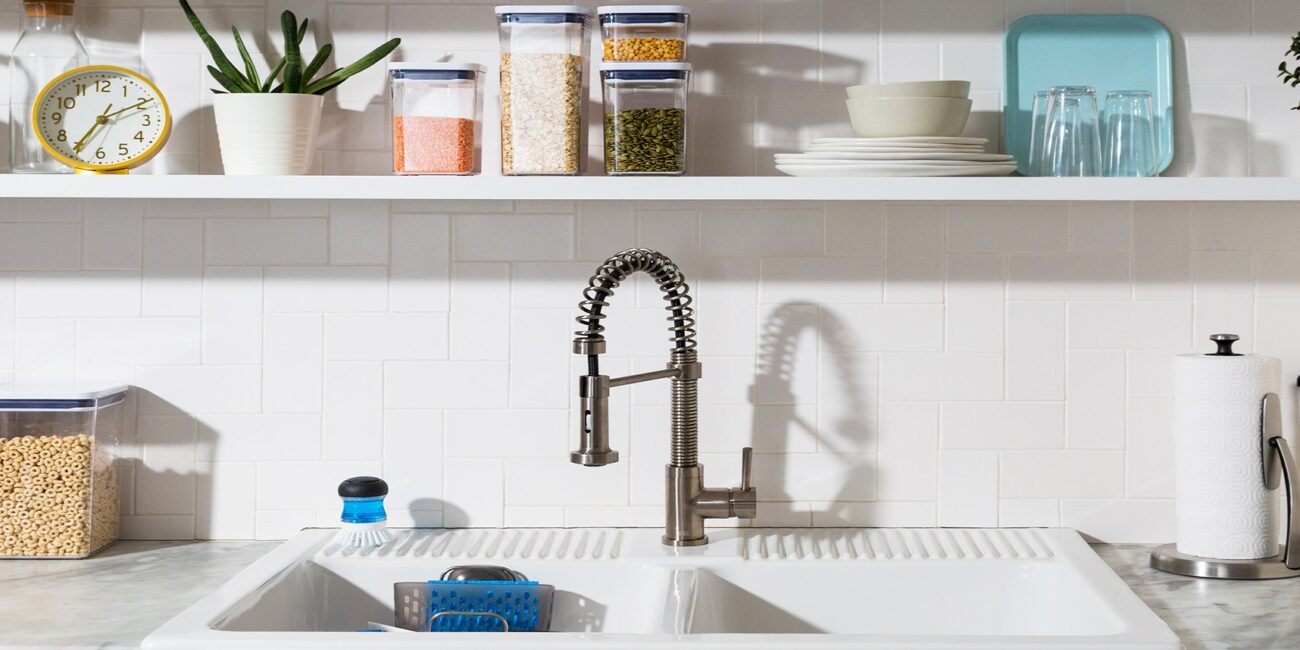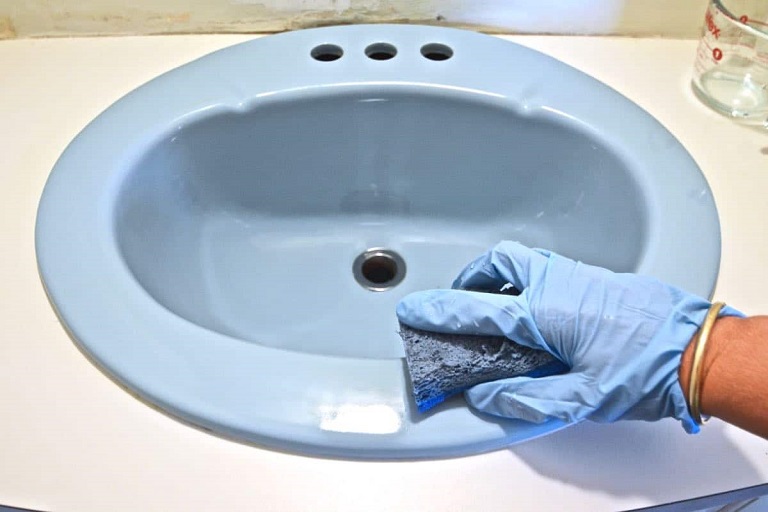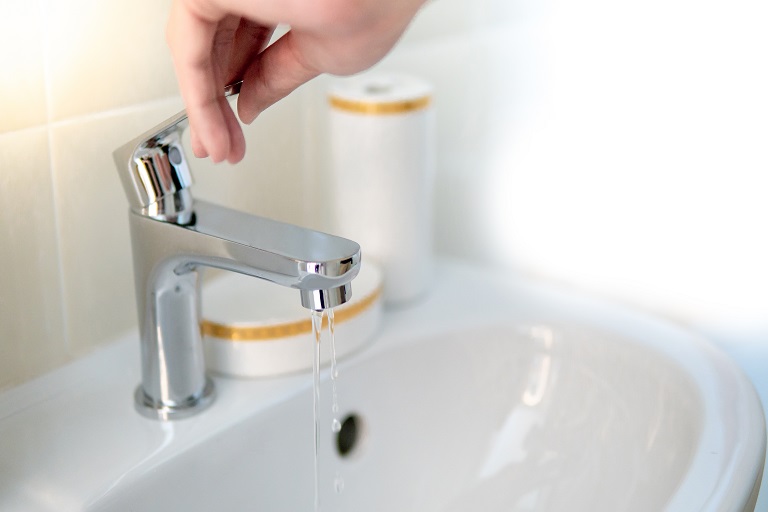
Porcelain has an aptitude to bear stains, and it is easily can be scratched. These porcelain sinks are raffish for their teasing and staining. And these stains are tough to clean. How to clean old stained porcelain sink | a few simple methods will instruct you to perform the cleaning task. By taking proper care, porcelain sink can be shining for years.
We all have porcelain sinks in the kitchen and bathroom at our home. We use it for various purposes regularly. Porcelain sinks, for their great elegance and soft color, enduring face, are an aesthetic addition for a bathroom and kitchen. We should always keep it clean. But it’s not easy to keep it clean and unstained.
These porcelain sinks are glass-based ceramic that is flamed at a high degree of heat. With a cast iron base or metal coating, they become ventless. But its luster is efficient to staining by daily use. If it is scrubbed for the stains off, porcelain holds onto stains more badly.
Follow the rest of how to clean old stained porcelain sink | a few simple methods for an accurate idea.


Hard water is an obstinate incrustation and sticky substance that sticks up around sinks, showerheads, toilets, etc. It is mainly mineral-rich water and also contains calcium and magnesium. It harms the luster and removes the glaze of the things that are made of porcelain. This hard water causes daily household works in the kitchen like washing plates and other things.
Before starting any method, you have to clean the sink with any ordinary useful liquid soap. It helps to clean isolated dirt from the surface of the sink.
Cleaning with lemon juice is one of the easiest methods. We all have fresh lemons at our home.
Caution: This mixture may cause harm to your eyes and hands. Wear gloves for protecting your hand and goggles for protecting your eyes.
Note: Bleach is a beneficial cleaning agent for stained porcelain. But it is applicable to only white porcelain sink. In the colorful sink, its uses occur harm to the porcelain and damage it for a lifetime.
Caution: Bleach is a robust base. So, this mixture may cause harm to your eyes and hands. Wear gloves for protecting your hand and goggles for protecting your eyes.
Abrasives are very efficient for cleaning stains. But make sure it does not effuse scratches to the porcelain. It has the risk of scratching. That’s why to use mild abrasives. To confirm the safety of the porcelain of the products, please read the labels carefully before buying the products.
Notice: Eliminate severe cleaning agents
Abrasive or this type of cleaning agents may occur scratching on the porcelain. Sometimes it causes lifetime damage. That’s why avoid these products as much as possible. Use natural products like lemon juice, vinegar, baking powder, etc. Natural products are safe for porcelain and as much as your health.
Conclusion:
Many people think it is needed to grab harsh chemicals like bleach and ammonium for cleaning these porcelain sinks. But that does not work genuinely. Here I shared some tips and tricks for cleaning old stained porcelain sinks.
How to clean old stained porcelain sink | a few simple methods are the perfect solution for you. Experience a new looking sink by applying these methods.

It is a long established fact that a reader will be distracted


Comments(0)